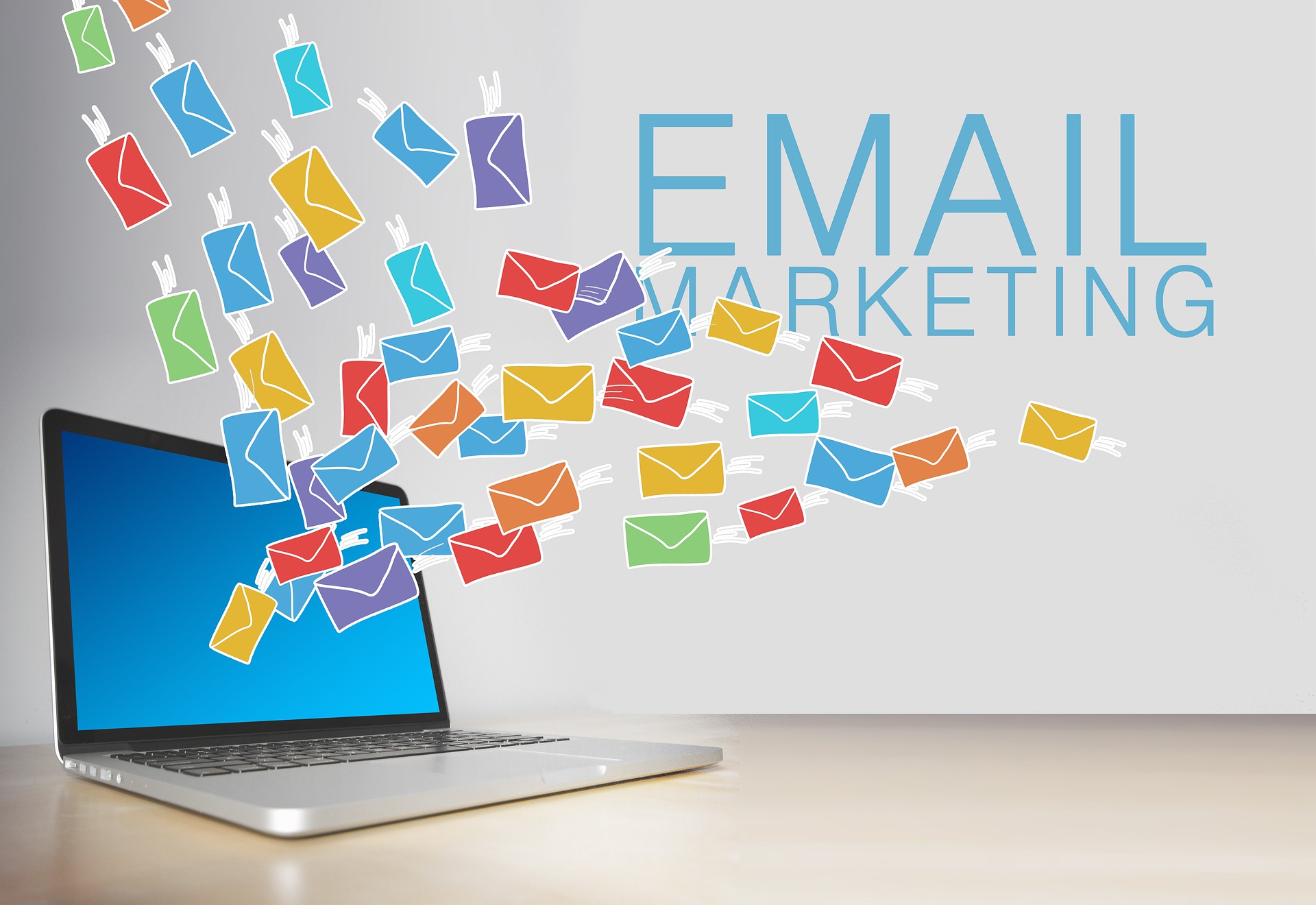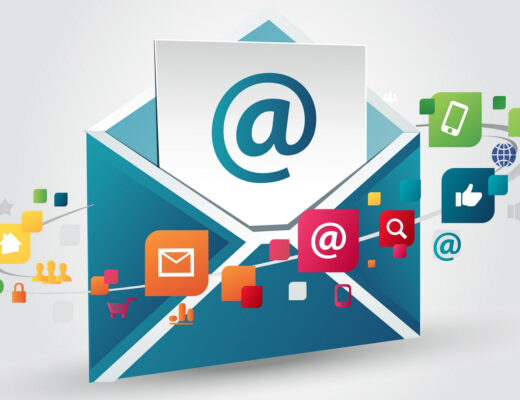Want to reach your customers directly? Email marketing is a powerful tool that lets businesses hit the inboxes of potential and existing customers. But it’s an art that takes some skill to master. This guide will teach you the ins and outs of effective email marketing so you can start dominating inboxes.
What is Email Marketing?
Email marketing Services is basically sending emails to a list of subscribers or customers with commercial messages like promotions, news, content, and more.
It’s a really direct way to reach people since most folks check their inboxes daily.
The big goal of email marketing is to build relationships with your audience, keep your brand top of mind, and ultimately drive sales.
Well-executed email campaigns can be crazy effective for things like
- Boosting website traffic,
- Promoting content,
- Announcing sales/events, and
- Re-engaging inactive customers.
Building an Email List
The first step is compiling a list of email contacts to market to. There are a few main ways to build your email list
- You can use opt-in forms on your website where people can subscribe to receive emails and newsletters from you. Also, you can offer an incentive like a discount code to encourage your customers or subscribers to sign up.
- You should collect emails in person at events, store locations, etc. However, just be sure people understand what they’re signing up for.
- Upload and sync existing customer email lists from your CRM or e-commerce platform. These are folks who have purchased before so they already know your brand.
- Purchase third-party email lists. This is risky since many of those emails could be invalid or traps set by anti-spam authorities. Proceed with caution.
Really the best way is to organically grow your list from your own marketing efforts and customer interactions. Those are high-quality leads who actually want to hear from you.
Email Marketing Laws & Best Practices
There are some legal requirements around email marketing you need to be aware of. The CAN-SPAM Act sets rules that all businesses must follow, like
- Don’t use deceptive headers or subject lines
- Identify the message as an ad
- Include your business’s physical mailing address
- Give recipients an opt-out option
- Beyond the legal stuff, there are some important email marketing best practices:
- Use a double opt-in process where people confirm their subscription
- Make it easy to unsubscribe with prominently placed opt-out links
- Stick to a consistent sending schedule so folks expect your emails
- Segment lists and tailor content to specific audiences when possible
Following best practices helps your emails look legitimate, avoids spam traps, and keeps your engagement rates healthy.
Read More- Why Your Website Appears Unreliable – And How It’s Affecting Your Business
Email Marketing Metrics
Once your email campaigns start rolling, you’ll want to track some key metrics to gauge performance
- Deliverability rate
What percentage of emails successfully reached inboxes rather than getting blocked, bounced, or sent to spam folders?
- Open rate
The percentage of recipients who actually opened the email.
- Click-through rate
Of those who opened, what percentage clicked links within the email?
- Conversion rate
Out of those who clicked, what percentage completed a desired action like a purchase or sign-up?
- Email list growth rate
How quickly you’re adding new subscribers over time.
- Unsubscribe rate
The percentage of people unsubscribing from your list. You want this to stay low.
- Revenue per email
For e-commerce businesses, you can calculate exactly how much revenue a given email drove.
If you are tracking metrics, you can easily identify what is working well, and where you have to improve and optimize your efforts accordingly.
Email Design & Content
Okay, now to the fun part – creating high-converting emails! Here are some tips for designing emails that get opened and clicked
- Use a catchy, curiosity-inducing subject line. Keep it short and sweet but compelling enough to click.
- Optimize for mobile since most folks check email on phones now. Stick to single-column designs that are easy to read on small screens.
- Don’t go overboard with images since many inboxes block them by default. Use alt text and balance with plenty of text.
- Speaking of text, write snappy copy that quickly captures attention and drives action. You should use conversational language that particularly matches your brand voice.
- Incorporate your logo and brand colors so your emails are instantly recognizable in the inbox.
- Include obvious calls-to-action buttons or links to drive clicks. Make it super clear what action you want subscribers to take.
- Get personal! Customize email greetings and content based on things like location, interests, purchase history, and so on. Segmented, relevant emails perform much better.
- And most importantly, provide value! Don’t just pitch nonstop. Share useful info, exclusive content, and reasons for subscribers to stay engaged with your emails.
Read More- Performing a Technical SEO Audit: A Comprehensive Guide


